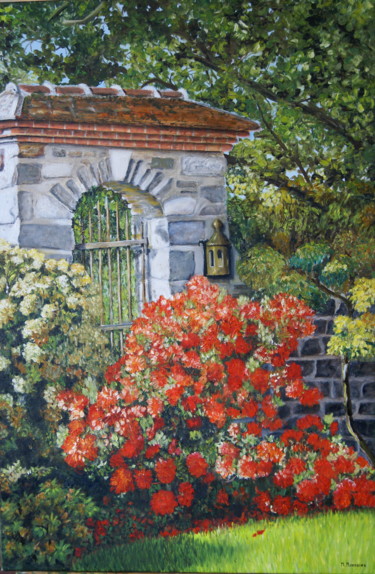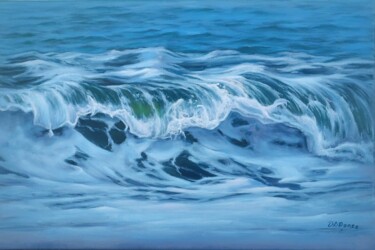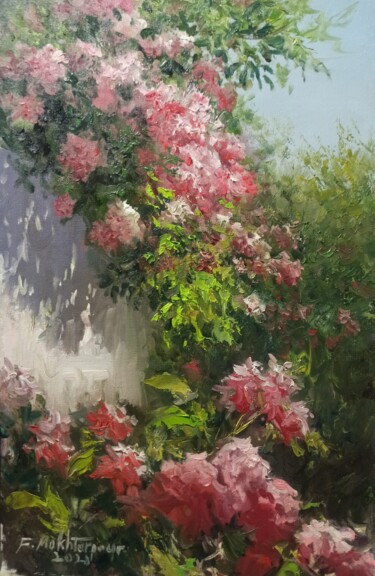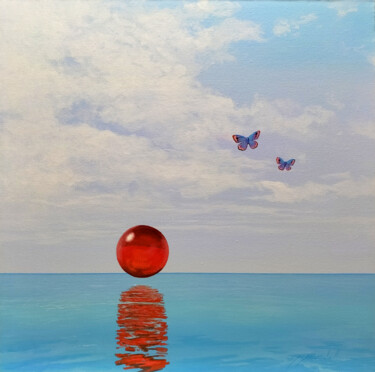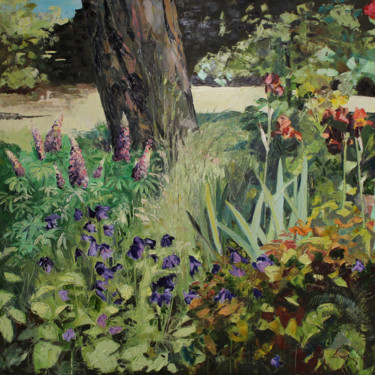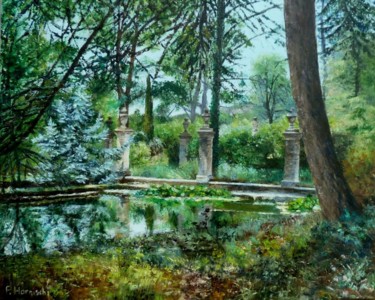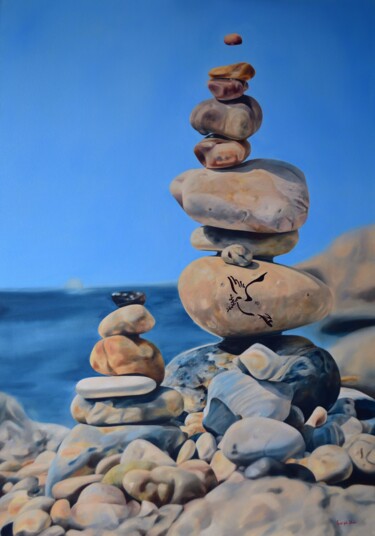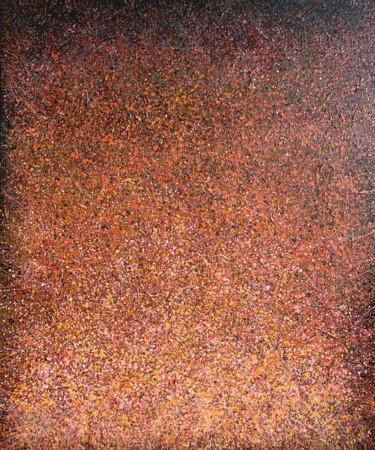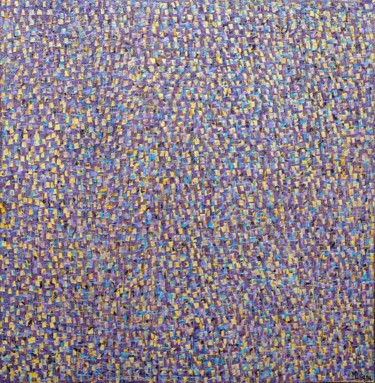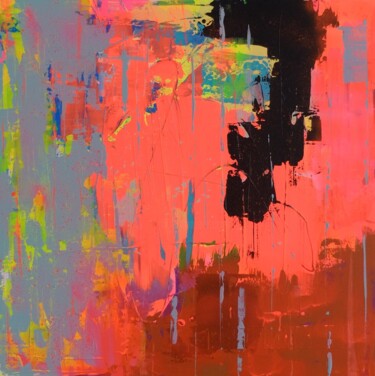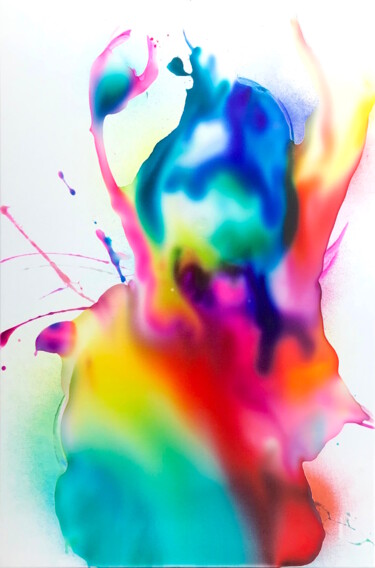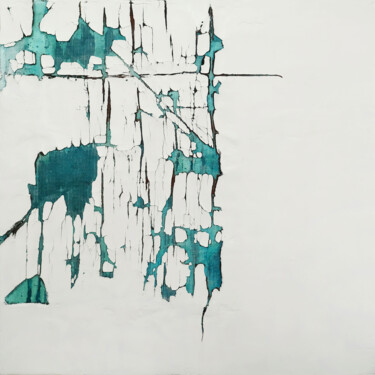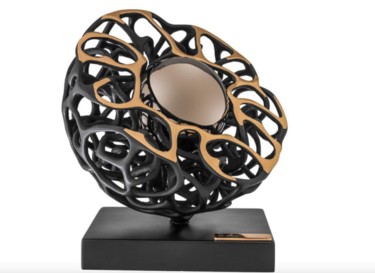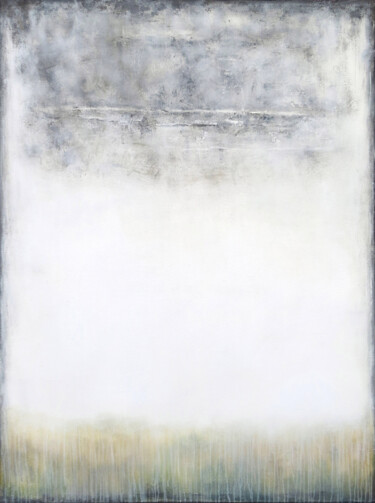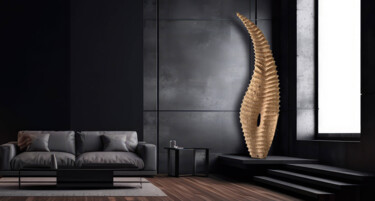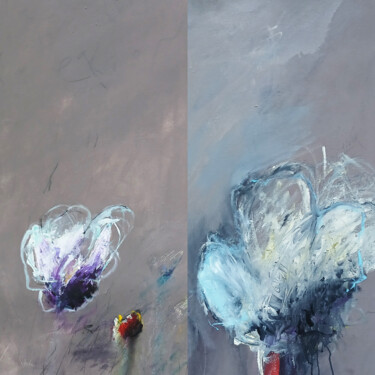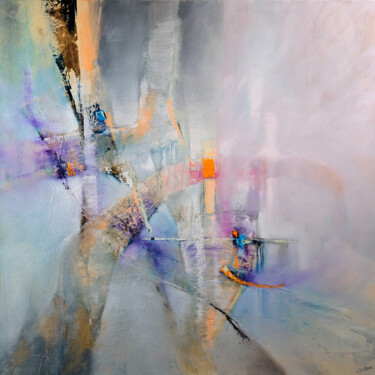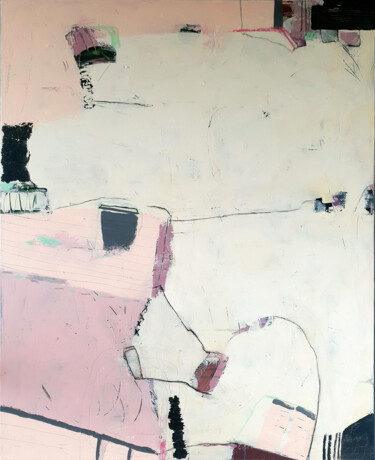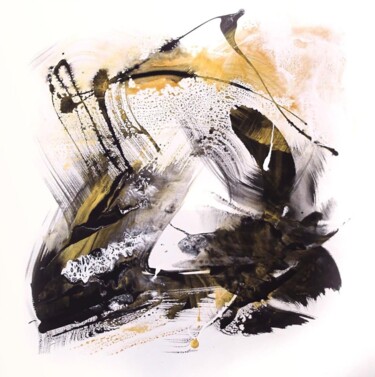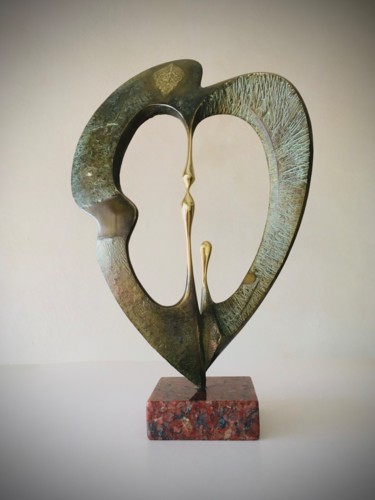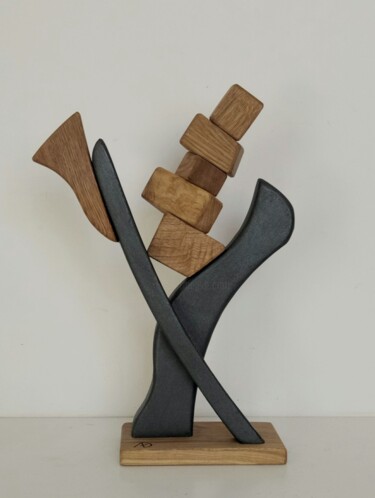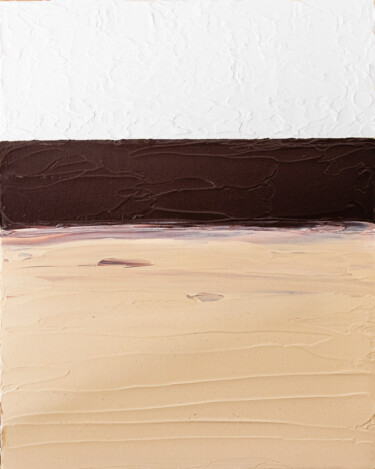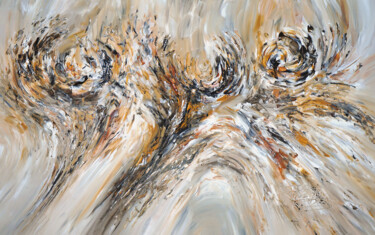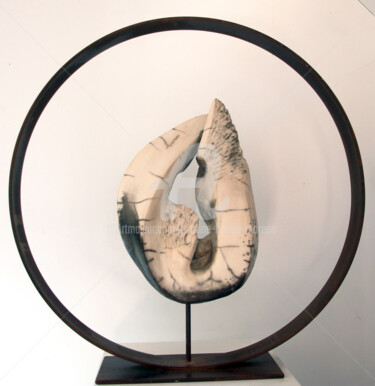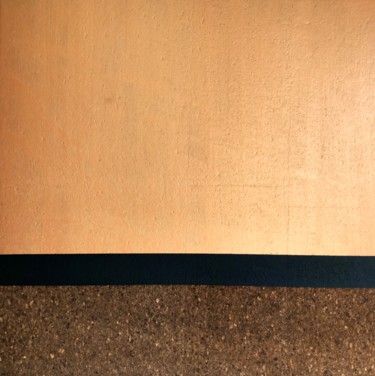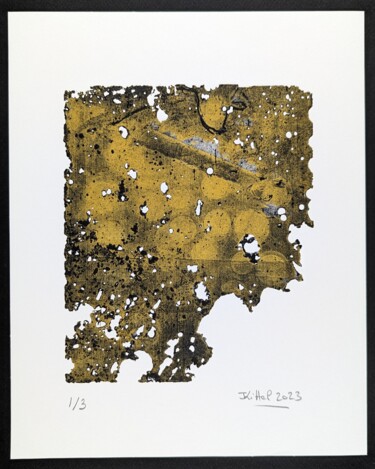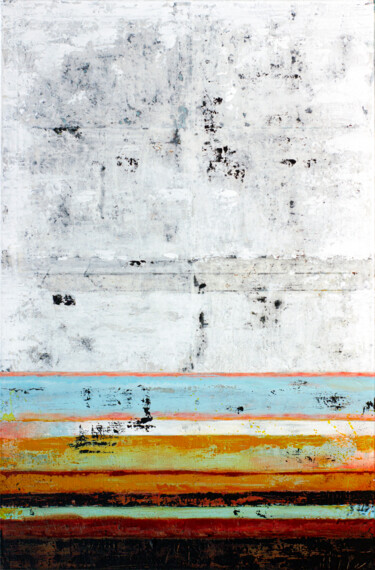In celebration of May Day, dedicated to honoring the contributions of workers worldwide, an opportunity arises to reflect on a theme that reveals how the aesthetics of an office can influence productivity, mood, and professional identity. It is indeed possible to unveil the particular artistic synergy that exists between profession and environment by selecting artworks that resonate with the ethics and daily realities of certain professions, such as those of lawyers, doctors, engineers, and accountants.
Why are some artworks particularly suited for these professions? This is precisely what I aim to reveal, considering factors such as color, shape, subject, and emotional resonance of each piece. Moreover, by pairing specific artworks with the aforementioned professions, I also aim to demonstrate how a painting, a sculpture, etc., can be more than just a visual pleasure, transforming into a tool for reflection, motivation, and connection.
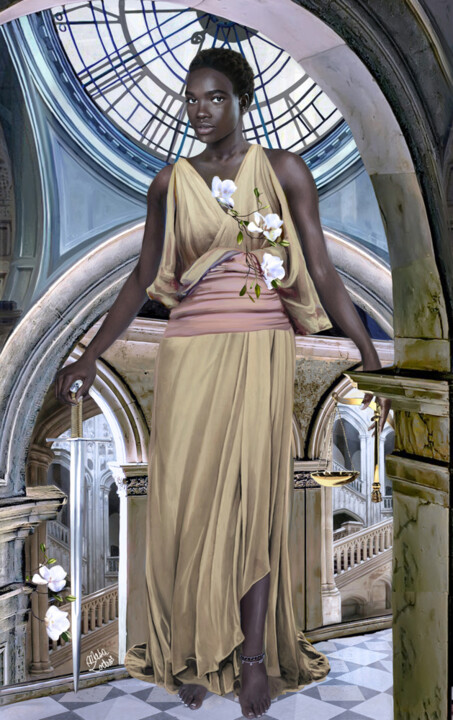 NO JUSTICE NO PEACE (2021) Digital Arts by Masa Zodros
NO JUSTICE NO PEACE (2021) Digital Arts by Masa Zodros
The Lawyer's Palette: Artistic Decor in Legal Environments
As previously mentioned, to understand which artworks are most suitable for decorating a lawyer's office, it is necessary to delve into the foundational principles of the profession, which should be reflected in the creative forms housed within the office. It is important to clarify how a lawyer bases their professionalism on concepts of trust, integrity, fairness, and ethical practice, which must find space within a reassuring environment where clients seek guidance in navigating the complexities of the law. Indeed, legal offices are often places of high tension and emotional stress for those who frequent them, so the artworks that adorn them must not only convey an image of professionalism and authority but also evoke feelings of calm and serenity to mitigate more serious emotions. The goal is precisely to create a space where clients feel mentally and emotionally supported. So, to the point: in which artworks can some of these characteristics be found?
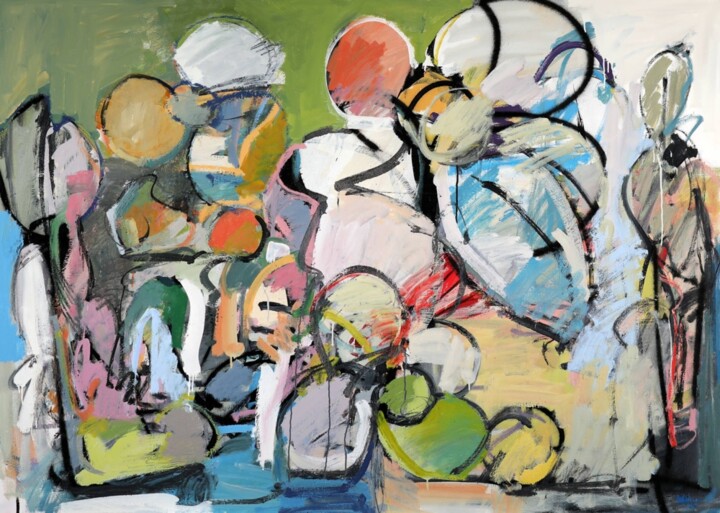 IDILLIO (2024)Painting by Francesco D'Adamo
IDILLIO (2024)Painting by Francesco D'Adamo
 BERLIN HOLOCAUST MEMORIAL (2023)Photography by Jonathan Musai
BERLIN HOLOCAUST MEMORIAL (2023)Photography by Jonathan Musai
Artworks with classical styles, often depicting figures, historical events, or mythological scenes, are capable of grounding the solemnity of the legal profession in the office environment, bringing it into a dimension of timelessness and respectability. Similarly, paintings that feature iconic legal symbols such as the Scales of Justice, gavels, or important legal documents like the Constitution or the Magna Carta emphasize the legal focus of the office. This more serious category can be complemented by works that portray historical places and, in particular, prominent legal figures, aimed at conferring an air of solemnity, as well as becoming a source of daily inspiration for practitioners and a signal of the professional lineage and standards upheld by the office. Of a more "sophisticated" nature, but still quite relevant to the aforementioned traditional environment, are "serious" architectural photographs in black and white, as well as abstract art, capable of adding a modern touch without being too distracting. Indeed, the nonspecific forms and subtle hues of this latter artistic movement help maintain a formal atmosphere, also serving as excellent conversation starters, capable of generating a contemporary contrast with the more traditional decor elements.
 LIGHT AS WATER (2024)Painting by Francesca Borgo
LIGHT AS WATER (2024)Painting by Francesca Borgo
Visual Therapy: Art That Transforms Medical Spaces
There are two fundamental guidelines for decorating medical office environments with art: the first aims to enhance the well-being of patients by making the space welcoming. It is well-known that the right choice of a sculpture or painting can have therapeutic benefits for patients, who, by observing creativity, can effectively reduce their levels of stress and anxiety. Excellent for these purposes are images with natural motifs, such as tranquil landscapes, relaxing aquatic scenes, or delicate floral compositions. These not only distract patients from their concerns but also create a calming space that can enhance the healing process.
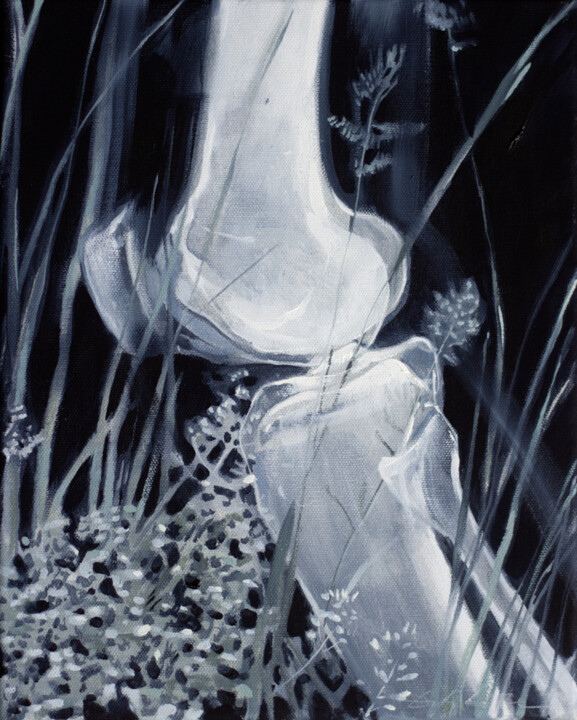 TALL GRASS (2022)Painting by Dita Lūse
TALL GRASS (2022)Painting by Dita Lūse
![]() LE TAMARIS, L'ÎLE-TUDY (2023)Painting by François Cusson
LE TAMARIS, L'ÎLE-TUDY (2023)Painting by François Cusson
In an almost complementary manner, artworks with warm and inviting tones can make clinical spaces more personal and less intimidating, featuring bright and uplifting colors that help patients relate and feel more comfortable in the medical office. In this latter sense, we can once again consider the abstract movement, which, when delicate and soothing, can contribute to creating a professional environment that is extremely welcoming. Regarding the second guideline, the other appropriate form of art for decorating a medical office is one that reflects the values of the profession, revealing the philosophy and standards of the practice. In this sense, paintings, sculptures, etc., that depict scenes of care and compassion, as well as advanced medical images (such as anatomical drawings or cutting-edge medical technology), would be perfect. All this visual material can effectively serve as a subtle reminder of the doctor's experience and dedication. Finally, it is easy to imagine the decor of medical offices also referring to their specializations. For instance, paintings with animals would be perfect for a veterinarian’s office, funny sculptures of teeth might be added to a dentist’s office, introspective works would suit a psychologist's office, and so forth.
 BROOKLYN (2023)Painting by Vahan Shahbazyan
BROOKLYN (2023)Painting by Vahan Shahbazyan
Precision and Creativity: Choosing the Right Art for Engineering Offices
Once again, art must embrace the principles of the profession with which it is paired. In the case of an engineering office, paintings, sculptures, etc., must necessarily refer to multiple concepts, among which are: precision, innovative spirit, creativity, and the natural world. Speaking of precision, an element undoubtedly essential for a job with a high impact of responsibility, I immediately think of the rigor of geometric art, possibly capable of alluding to the daily commitment of the engineer with calculations and complex projects. Similarly, it is possible to display detailed schematics of inventions or notable structures, as well as reproductions of famous engineering projects or architectural plans, which can serve as a tribute to the history and evolution of the subject of practice and study.
 SUMMER IN APRIL (2024)Painting by Kirsten Handelmann
SUMMER IN APRIL (2024)Painting by Kirsten Handelmann
Regarding the innovative spirit, kinetic art could be stimulating, designed to incorporate that typical movement, capable of reflecting the dynamic and ever-evolving nature of engineering. In this sense, artworks using metal, wood, or parts of recycled machinery can mirror the practical aspects of engineering work, also promoting sustainability and innovation through the reuse of materials. The creativity of the engineer can be alluded to through works belonging to the Abstract Expressionism movement, known for its ability to evoke emotions and ideas through spontaneous and imaginative abstract forms. Nature comes into play as a subject of art to remind engineers of the importance of sustainability and the ethical implications of their work on the world. Additionally, engineering often involves solving problems by mimicking natural processes (biomimicry), so much so that artworks depicting this can strengthen this connection. Finally, from a purely celebratory perspective, an engineering office could also be adorned with art that captures famous engineering feats, serving both as inspiration and a reminder of the tangible impacts of engineering solutions.
 DRAW DRAW (2022)Painting by Luna Smith
DRAW DRAW (2022)Painting by Luna Smith
The Art of Numbers: Stylish Decor for Accountants
In the world of accounting, where numbers and figures often dominate, the work environment can significantly influence productivity and morale. Selecting the right artworks for an accountant's office goes beyond mere decoration—it's about creating an environment that fosters concentration, professionalism, and even inspiration. Artworks with clean lines and harmonious colors from abstract art can evoke a sense of order and structure, which is extremely aligned with the meticulous work of the accountant. Similarly and complementarily, minimalist art with simple and unobtrusive designs can promote a sense of clarity and concentration in the workspace, encouraging accountants to simplify their processes and tackle their tasks with efficiency and precision.
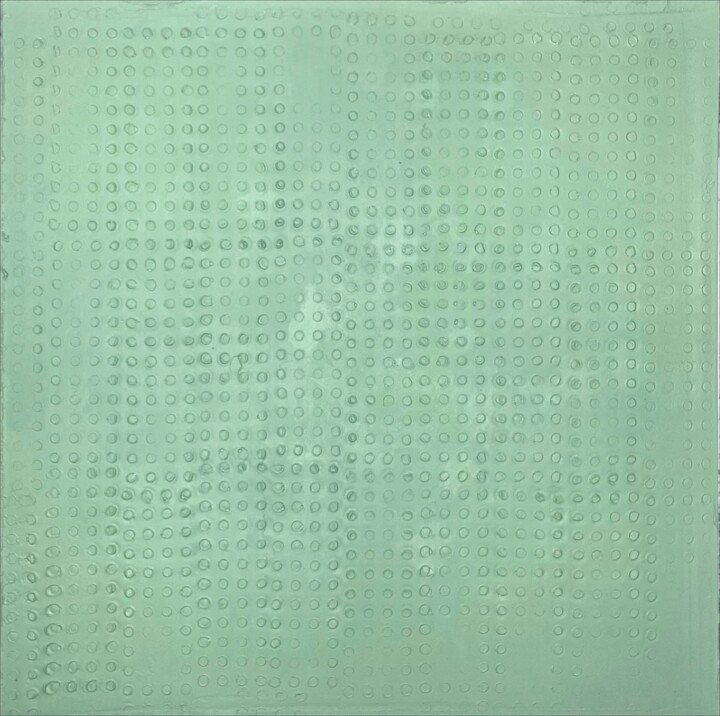 OLIVE OCCASIONS (2022)Painting by Gustaf Tidholm
OLIVE OCCASIONS (2022)Painting by Gustaf Tidholm
 HALF ABSRACT 34 (NE6) (2024)Painting by Jean-Paul Schmitt
HALF ABSRACT 34 (NE6) (2024)Painting by Jean-Paul Schmitt
To coherently complete the environment, one could consider images of serene landscapes or natural elements, which can provide a calming contrast to the often stressful nature of accounting work. Conversely, if one wishes to bring some energy and dynamism to the environment, the choice of vibrant urban landscapes would be advisable in the same context, intended to symbolize the dynamism and progress of the constantly evolving financial markets and commercial settings. In fact, this type of artwork can inspire accountants to stay at the forefront, adapting to changing circumstances. Also, in reference to financial markets, art that incorporates symbols like dollar signs, scales, or financial charts could be understood, serving as constant reminders of the accountant's primary responsibilities and the importance of accuracy and integrity in financial management.

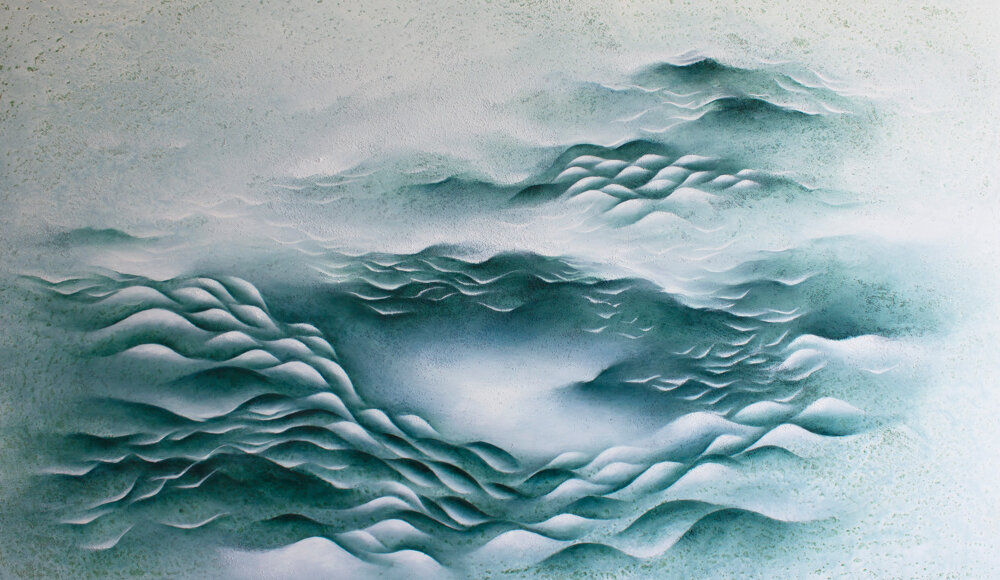

 Olimpia Gaia Martinelli
Olimpia Gaia Martinelli

